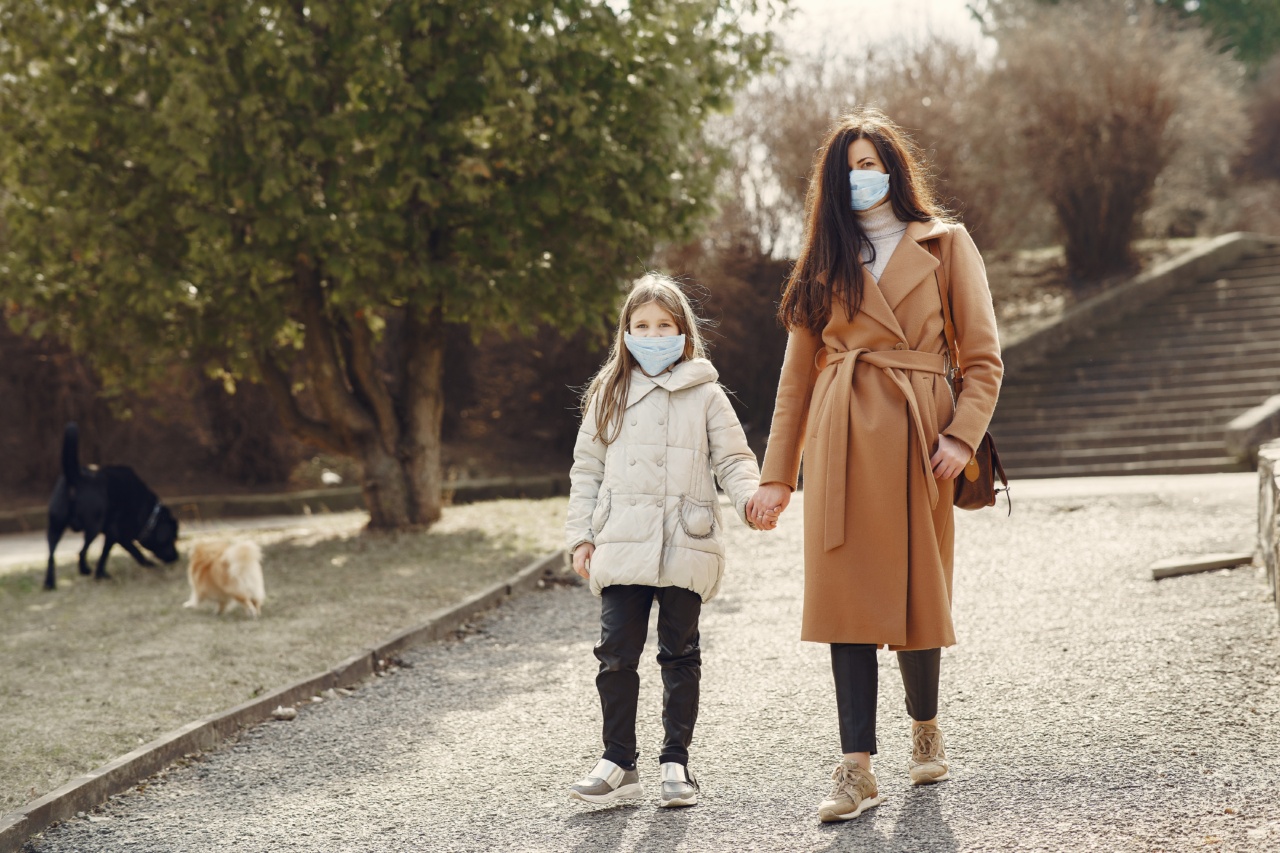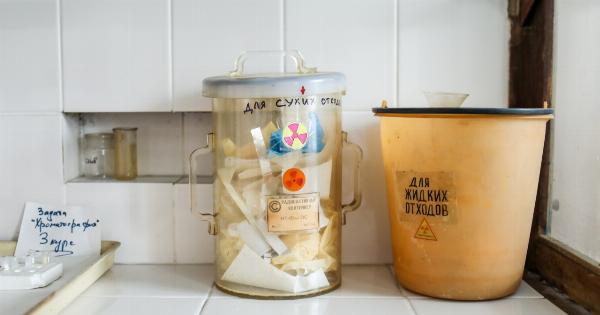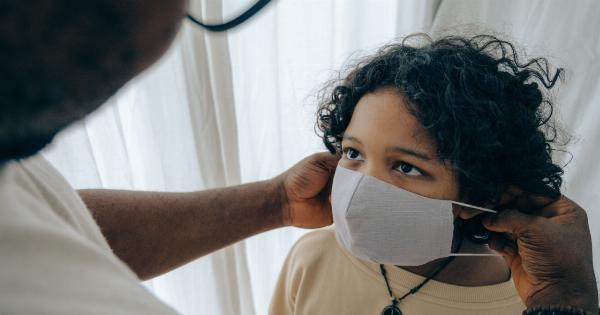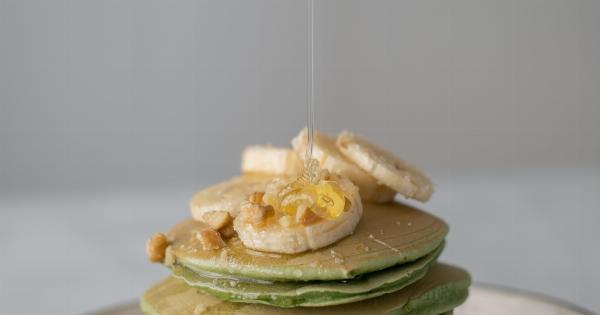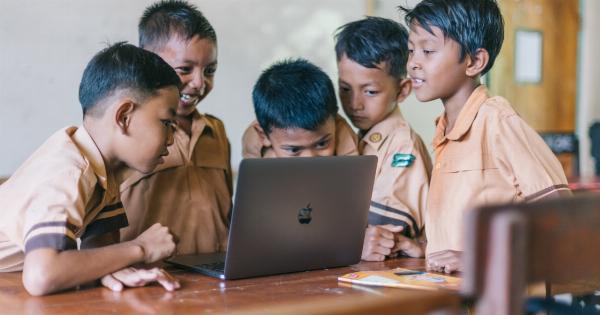As parents, guardians, and caregivers, the health and safety of our children is of utmost importance.
We strive to provide them with the best possible environment; from the food they eat, clothes they wear, toys they play with, and the environment they live in.
However, some of the synthetic materials used in the production of items meant for our children pose significant risks to their health.
These materials are widely used, and their negative effects on our children’s health may not be immediately seen. In this article, we’ll highlight some of these hazardous synthetic materials and suggest ways to protect our children from them.
1. Phthalates
Phthalates are a group of chemicals used in the production of plastics, such as in toys, food packaging, shower curtains, and many other products.
Their use has been linked to an increased risk of prenatal and childhood developmental problems, asthma, childhood obesity, and reproductive health problems.
2. Bisphenol A (BPA)
BPA is a chemical used in the production of certain plastics, such as baby bottles, sippy cups, and other food containers. Its use has been linked to obesity, early onset puberty, behavioral problems, and developmental problems.
Most manufacturers have stopped using BPA, but it’s still possible to find it in some older products.
3. Formaldehyde
Formaldehyde is a colorless and pungent gas used in the production of various products such as adhesives, resins, and textiles.
Its use in the production of furniture, such as cribs and baby changing tables, has been linked to an increased risk of asthma and other respiratory problems in children.
4. Polybrominated Diphenyl Ethers (PBDEs)
PBDEs are a group of flame retardant chemicals used in the production of various products, including electronics, furniture, and mattresses. Their use has been linked to developmental problems, thyroid health problems, and even cancer.
5. Perfluoroalkyl and Polyfluoroalkyl Substances (PFAS)
PFAS are chemicals used in the production of stain and water-resistant products, such as non-stick cookware and waterproof clothing. Their use has been linked to developmental problems, liver damage, and immune system problems.
6. Lead
Lead is a toxic heavy metal that was once commonly used in the production of paints, but its use has been banned in many countries. It’s still found in some imported toys, jewelry, and other products.
Exposure to lead, even in small amounts, can cause developmental problems, anemia, and even death.
7. Cadmium
Cadmium is a toxic heavy metal used in the production of batteries, pigments, and plastics. Its use in children’s jewelry, including necklaces, bracelets, and earrings, has been linked to cancer, developmental problems, and kidney damage.
8. Chlorinated Tris
Chlorinated Tris is a flame retardant chemical commonly used in the production of children’s pajamas. Its use has been linked to cancer, developmental problems, and reproductive problems.
9. Organophosphate Pesticides (OPs)
OPs are a group of pesticides commonly used on fruits and vegetables. Their use has been linked to developmental problems, learning disabilities, and even ADHD.
10. Toxic Dyes
Most of the synthetic dyes used in the production of children’s clothing, toys, and other products, contain toxic chemicals. Exposure to these dyes has been linked to skin and eye irritation, developmental problems, and even cancer.
HOW TO PROTECT OUR CHILDREN FROM HAZARDOUS SYNTHETIC MATERIALS
We cannot entirely eliminate our children’s exposure to synthetic materials; however, we can take specific measures to minimize their exposure. Here are some useful tips to protect our children from hazardous synthetic materials:.
1. Read Labels
By reading labels when purchasing products, we can identify items that contain hazardous synthetic materials such as phthalates, BPA, and other chemicals.
Whenever possible, always choose products labeled as phthalate-free, BPA-free, and formaldehyde-free.
2. Avoid Unnecessary Plastics
Avoid using plastics when possible. Instead of plastic toys, consider wooden toys or those made from other natural materials. Also, use glass or stainless steel containers when storing food and drink for your child.
3. Choose Natural Fibers
Select clothing made from natural fibers such as cotton, bamboo, silk, or wool. Natural fabrics are less likely to cause skin irritation and have fewer toxic chemicals than synthetic ones.
4. Ventilate the Indoor Environment
Keep the home environment well-ventilated. Ensure there is proper air circulation to reduce exposure to toxic chemicals, especially from cleaning products and furniture.
5. Choose Organic Foods
Organic foods are grown without the use of pesticides and are generally safer for children. Consider buying fruits and vegetables from local farmers’ markets or natural food stores to minimize exposure to potentially harmful pesticides.
6. Get Involved in Advocacy
Parents can join advocacy groups that campaign against hazardous synthetic materials.
These groups put pressure on governments and manufacturers to reduce the use of hazardous synthetic materials and to uphold safety standards for children’s products.
CONCLUSION
Protecting our children from hazardous synthetic materials is one of the most important steps we can take as parents and caregivers. Awareness of the severe risks associated with phthalates, BPA, formaldehyde, and other hazardous materials is essential.
By following the above tips, we can significantly reduce our children’s exposure to toxic chemicals and provide them with a safe and healthy environment.
